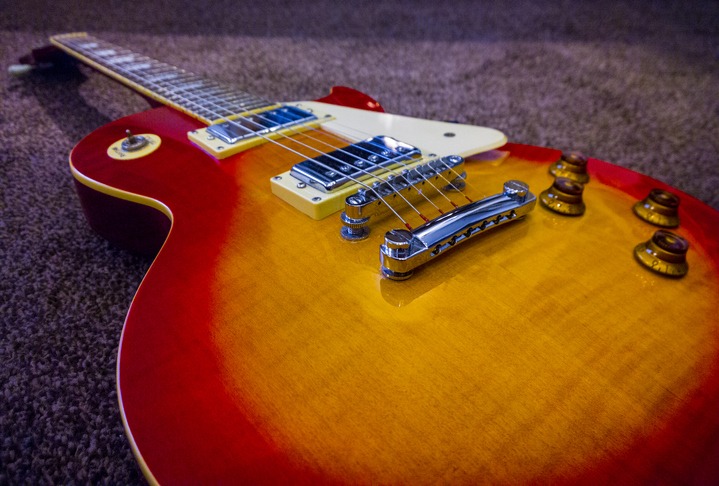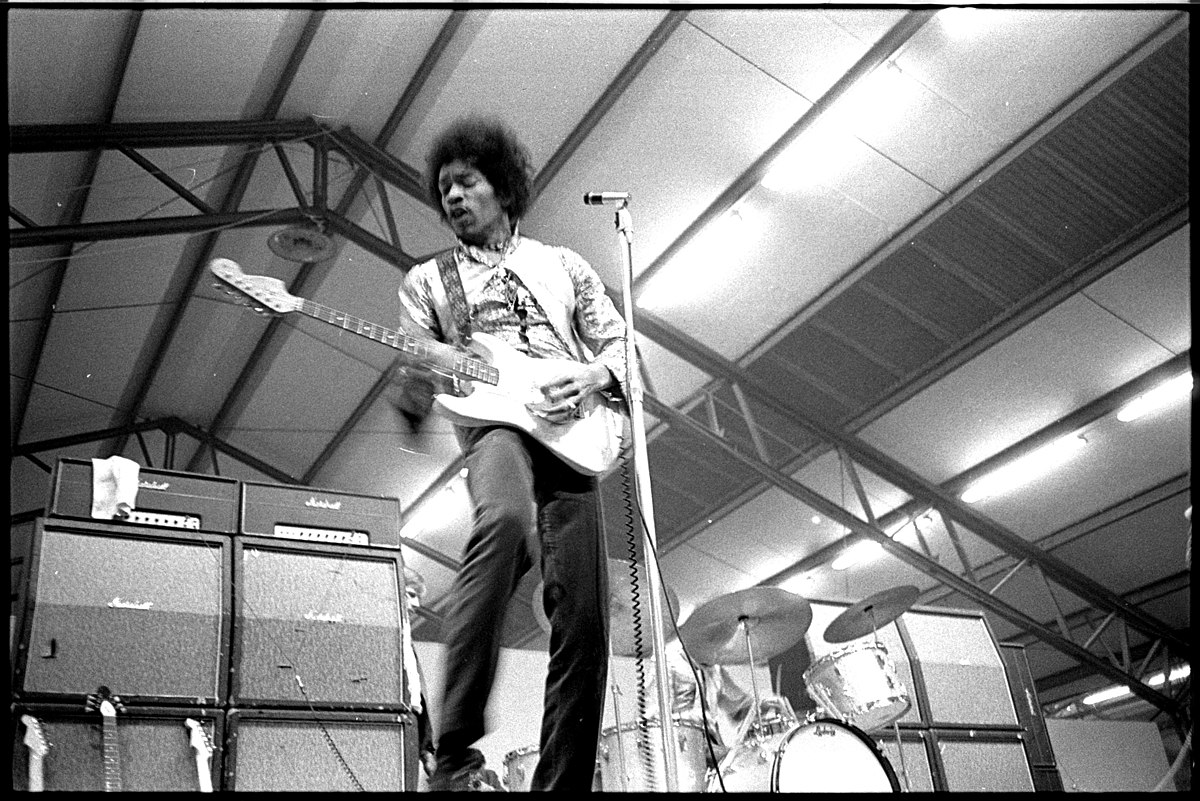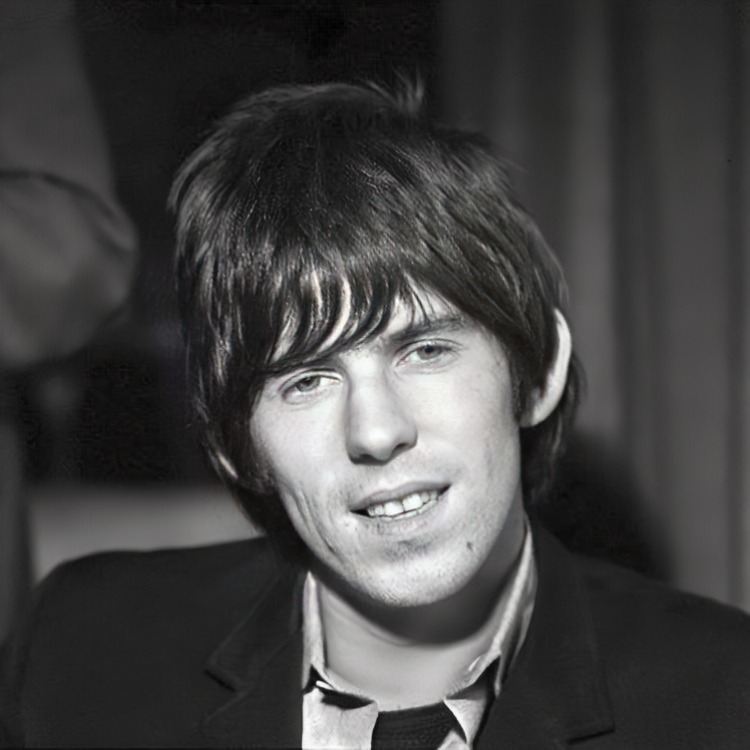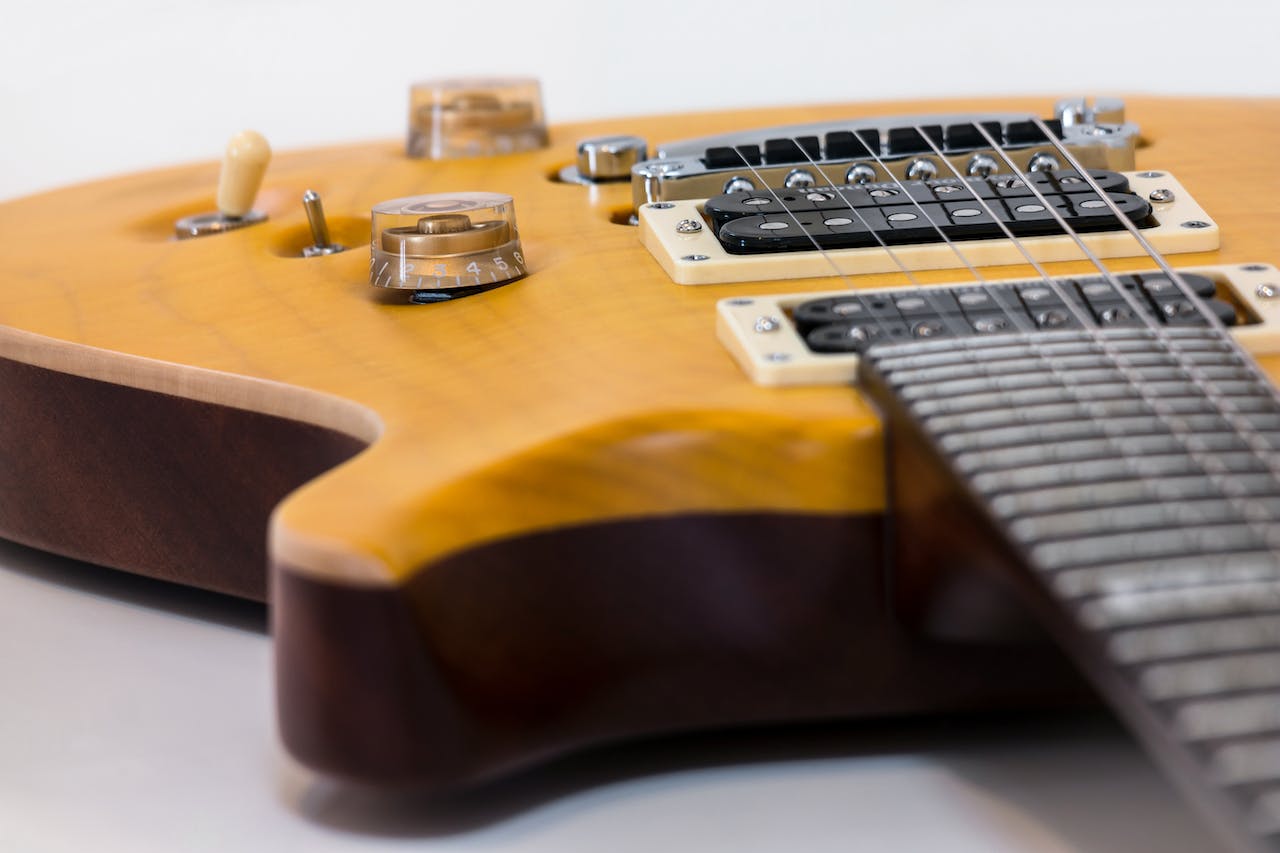The 1960s was a revolutionary era for music, a decade that saw the rise of some of the most iconic guitarists in history. These musicians redefined the boundaries of guitar playing, infusing new styles and techniques that continue to influence artists today. From the soulful bends of blues to the electrifying riffs of rock, the 1960s introduced a pantheon of guitar heroes whose impact transcends time.
This period was marked by extraordinary innovation and creativity, with guitarists exploring the instrument’s potential in ways never heard before. The likes of Jimi Hendrix, Eric Clapton, and George Harrison, among others, not only mastered the guitar but also used it as a tool for artistic expression, pushing the limits of sound and genre. In this article, we celebrate the legendary guitarists of the 1960s, exploring their contributions to music and their lasting legacies.
Jimi Hendrix
Often hailed as the greatest guitarist of all time, Jimi Hendrix revolutionized the way the electric guitar is played. His innovative use of amplifiers and effects pedals and his expressive playing style made him an icon. Hendrix’s performances at Woodstock and the Monterey Pop Festival are legendary. Songs like “Purple Haze,” “Voodoo Child,” and “All Along the Watchtower” display his mastery and creativity, blending blues, rock, and psychedelia into a unique sound.
Eric Clapton
Known as “Slowhand,” Eric Clapton’s profound impact on the guitar world spans blues, rock, and beyond. A member of bands like Cream and Derek and the Dominos, Clapton’s soulful playing and emotive tone set new standards. His work on classics like “Layla,” “Sunshine of Your Love,” and “Crossroads” showcases his technical prowess and deep understanding of the blues.
His innovative use of the guitar, characterized by intense vibratos, expressive bending, and prolonged improvisational solos, redefined the role of the guitar in a rock context. This was a time when rock music was evolving, and Clapton was at the forefront, pushing the boundaries of what could be achieved with an electric guitar.
George Harrison
As the lead guitarist of The Beatles, George Harrison was instrumental in crafting some of the most memorable songs of the 1960s. His innovative guitar work added depth and character to hits like “While My Guitar Gently Weeps,” “Something,” and “Here Comes the Sun.” Harrison’s style, often understated yet profound, played a crucial role in the evolution of rock music.
Keith Richards
Keith Richards of the Rolling Stones is renowned for his rhythm guitar playing, creating some of the most recognizable riffs in rock history. His work on songs like “(I Can’t Get No) Satisfaction,” “Jumpin’ Jack Flash,” and “Gimme Shelter” exemplifies his ability to merge rock and blues with a raw, energetic style.
Jeff Beck
A virtuoso of the electric guitar, Jeff Beck’s time with The Yardbirds and as a solo artist showcased his innovative approach to the instrument. His playing on “Over Under Sideways Down” and “Beck’s Bolero” highlights his experimental technique and diverse range, from blues and rock to jazz and electronica.
Beck’s impact during this era went beyond his technical prowess; he was instrumental in expanding the sonic possibilities of the electric guitar. His work in the 1960s laid the groundwork for the diverse range of sounds that the instrument would come to embody in later decades. By integrating elements of feedback, distortion, and electronic effects, Beck was not just playing the guitar; he was redefining it.
Pete Townshend
The Who’s guitarist and principal songwriter, Pete Townshend, is known for his energetic playing style, including his signature windmill strum. Townshend’s powerful guitar work on tracks like “My Generation,” “Pinball Wizard,” and “Baba O’Riley” helped define the sound of rock music in the 1960s.
Jimmy Page
Jimmy Page, the guitarist of Led Zeppelin, is celebrated for his diverse guitar techniques and innovative recording methods. His riffs in “Whole Lotta Love,” “Heartbreaker,” and “Stairway to Heaven” are some of the most influential in rock history, showcasing his blend of blues, rock, and folk influences.
Page’s impact in the 1960s was also felt through his innovative recording techniques. He was a pioneer in using the recording studio as an instrument, experimenting with microphone placement, track layering, and other techniques to create new sounds and textures. This approach not only enhanced Led Zeppelin’s music but also influenced the way rock music was recorded in the future.
Carlos Santana
Carlos Santana’s unique fusion of rock, Latin American, and jazz music has made him one of the most distinctive guitarists of his era. His performance at Woodstock and his work on songs like “Black Magic Woman” and “Oye Como Va” are testaments to his rhythmic and melodic style.
Frank Zappa
Known for his experimental and often avant-garde approach, Frank Zappa pushed the boundaries of guitar playing. His work with The Mothers of Invention, especially on tracks like “Willie the Pimp” and “Peaches en Regalia,” showcases his eclectic and technically demanding style.
Frank Zappa’s work in the 1960s laid the groundwork for much of the experimental and progressive music that followed. His fearless exploration of new musical territories, both as a guitarist and a composer, made him a pioneering figure in the avant-garde music scene.
Jerry Garcia
As the lead guitarist of The Grateful Dead, Jerry Garcia was known for his improvisational skills and his unique blend of rock, folk, and psychedelic music. Garcia’s guitar work on songs like “Truckin'” and “Casey Jones” made him an icon of the 1960s counterculture movement.
Conclusion
The 1960s were a defining era in the history of music, marked by a remarkable array of guitarists who not only mastered their instrument but also used it to redefine the boundaries of what music could be. These guitarists, from the revolutionary Jimi Hendrix to the experimental Frank Zappa, each brought their unique sound, style, and vision to the forefront of the cultural landscape. They were not just musicians; they were innovators who blended genres, experimented with new technologies, and expressed the spirit of their times through their art.




